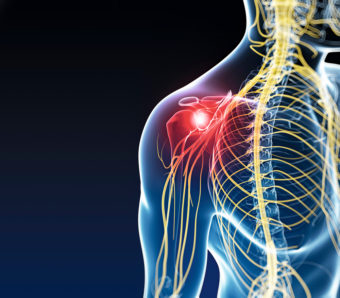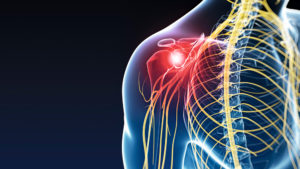
Your shoulder joint has the greatest range of motion of any joint in your body. It’s this global movement that makes us humans such agile beasts – it allows us to position our hands anywhere in the space around us. But because it’s relatively unstable, the shoulder joint has to be held together with a series of ligaments, muscles and tendons called the rotator cuff. If you’ve ever tweaked your shoulder on the bench press, or face-planted on a snowboarding holiday, chances are the rotator cuff took the hit. So you can do yourself a real favour if you work some shoulder-strengthening exercises into your routine, whatever your exercise goals. Follow our guide to keeping shoulder injury at bay.
Spot the symptoms If any of these is you, then you may need to get checked out by a physio for a rotator cuff injury:
- Pain in your shoulder or that moves down it when you raise or lower your arm
- You have difficulty placing your arm behind your back
- Your shoulder feels weak when rotating or lifting your arm
- You get pain at night if laying on your side
Work these shoulder-strengthening and activation moves into your sessions to condition them for heavy weights and hard impacts
Internal rotation
Reps: 10 each side
Hold your torso still while pulling the band. Keep your elbow into your side.
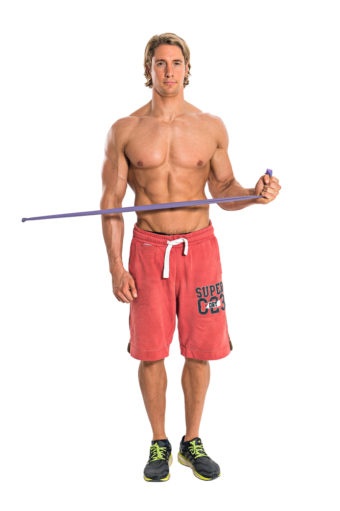
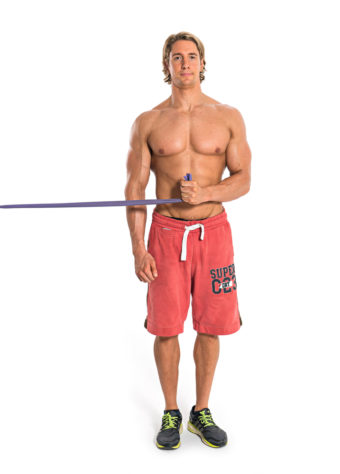
External rotation
Reps: 10 each side
Pause at the top of the move to squeeze your shoulder. Keep your shoulder and elbow in line throughout.
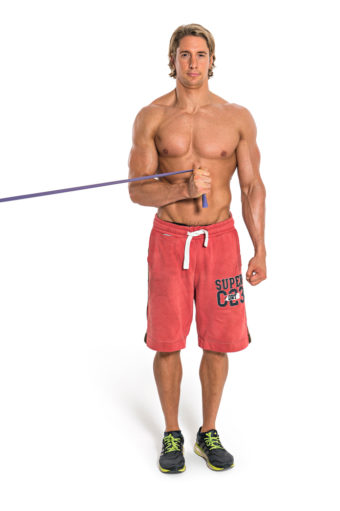
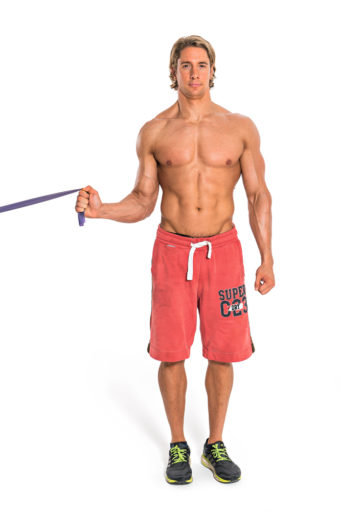
Cuban press
Reps: 12
Use a light weight, perform slowly and keep arms in line with shoulders.
When to use this: As a warm-up set for shoulder exercises requiring heavier weights.
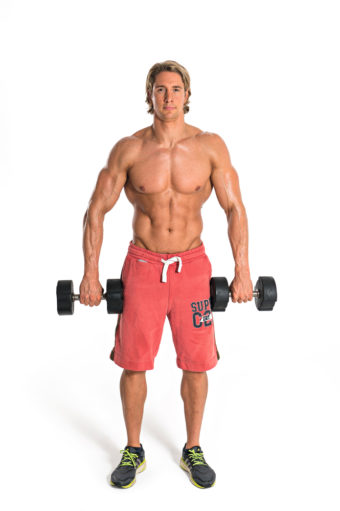
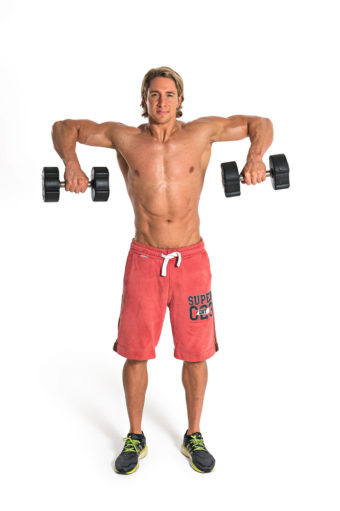
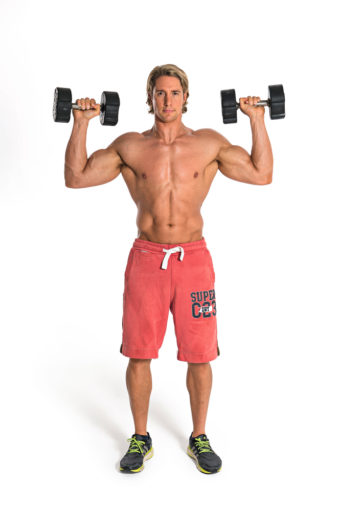
What’s up, Doc?
HFM orthopaedic surgeon, Dr Al-Amin Kassam, on how to protect your shoulder
1 ‘Warm-up with exercises that mimic movements you’re going to be doing in your session.’
2 ‘Work on your shoulder proprioception by doing press-ups on a medicine ball.’
3 ‘To combat tension, bend over, hang your arms down and make small circles with them, getting wider. This loosens the supraspinatus, delts, infraspinatus and subscapularis.’
4 ‘Build your core – it’s as important as the shoulder when stabilising arm movements.’
5 ‘Avoid overworking mirror muscles because this creates a risk of shoulder dislocation and injury.’
